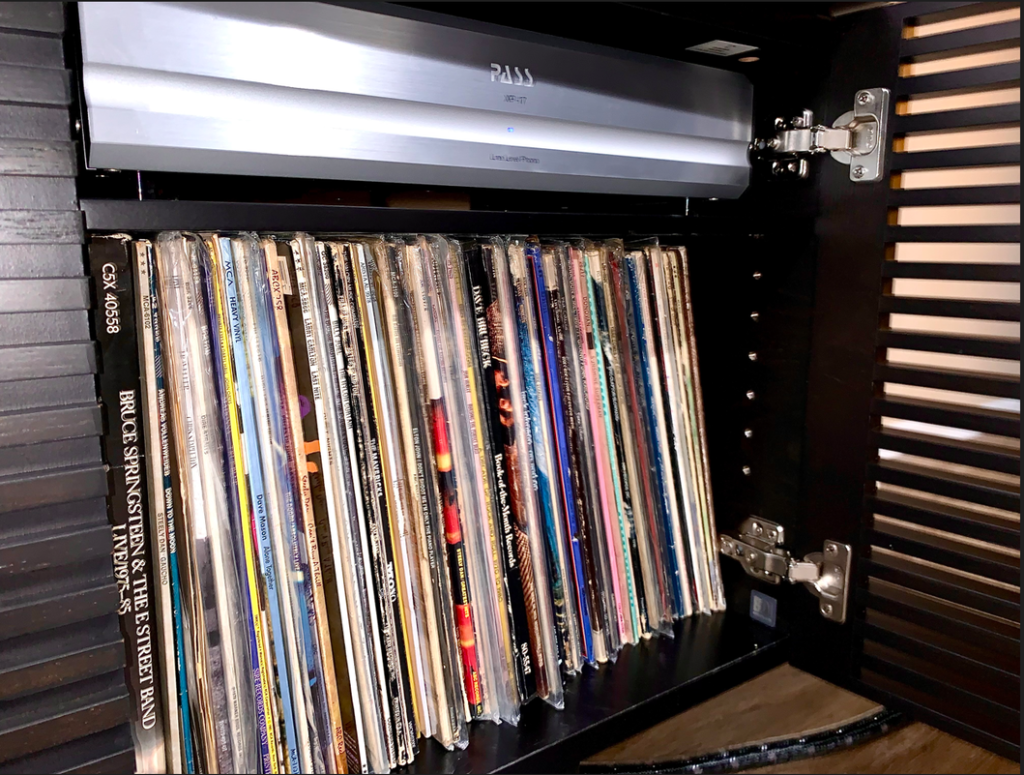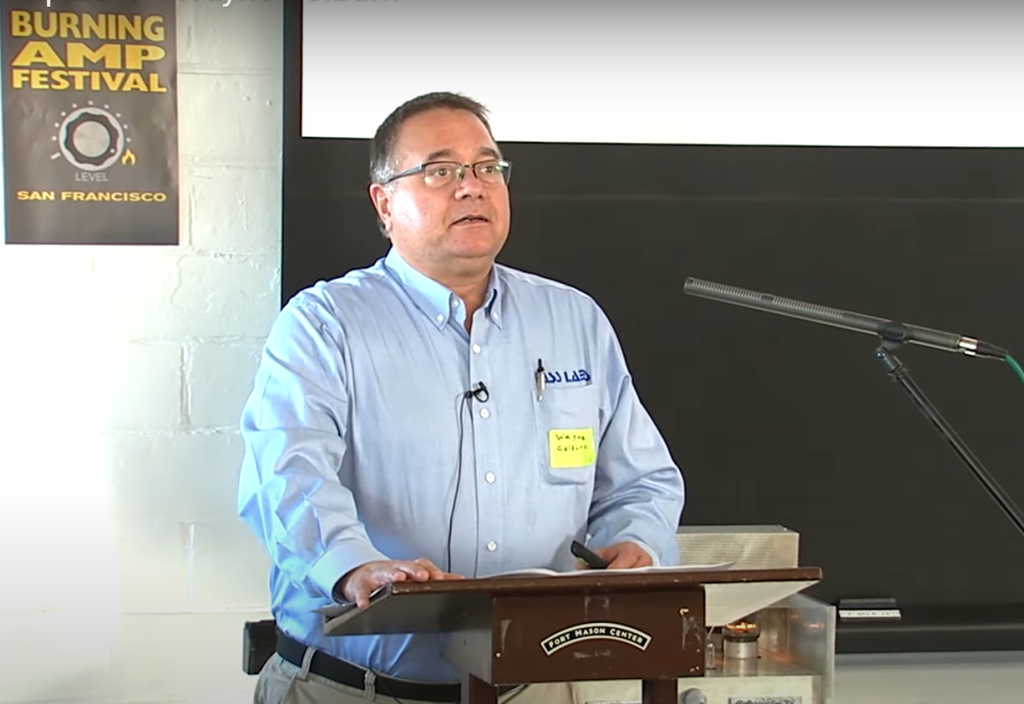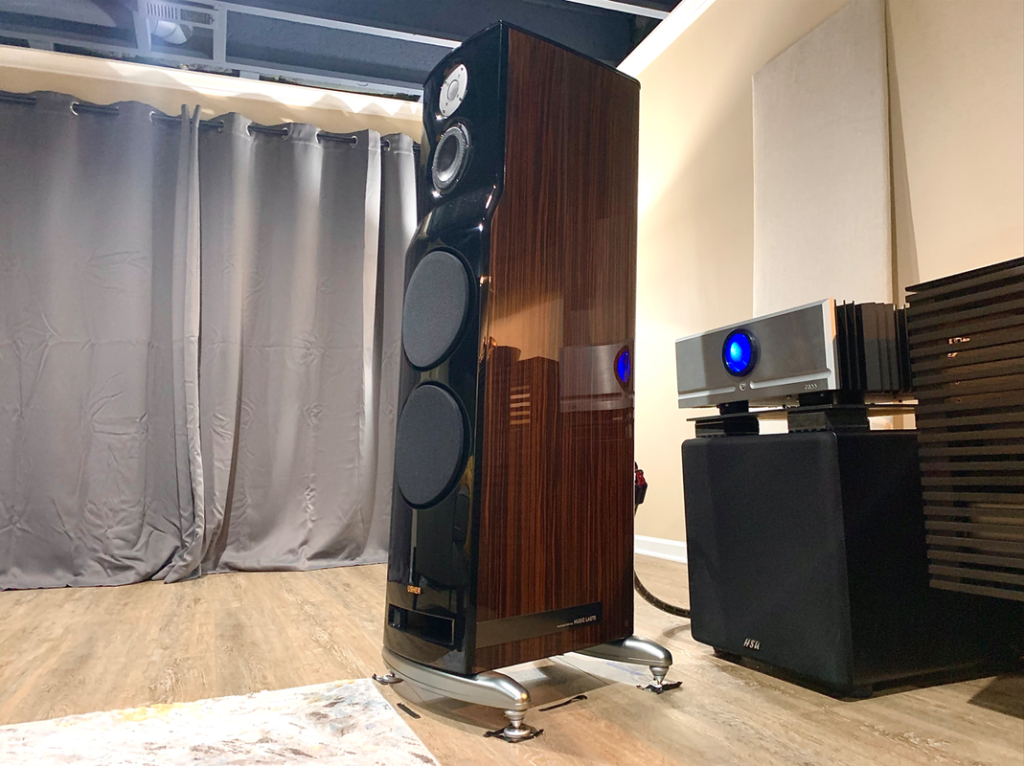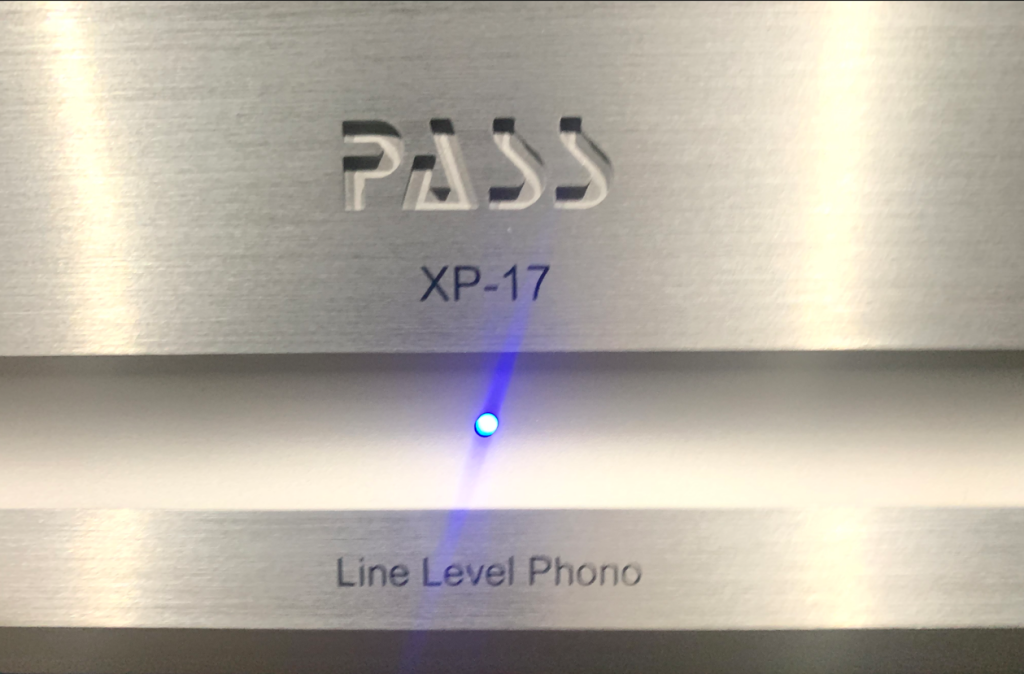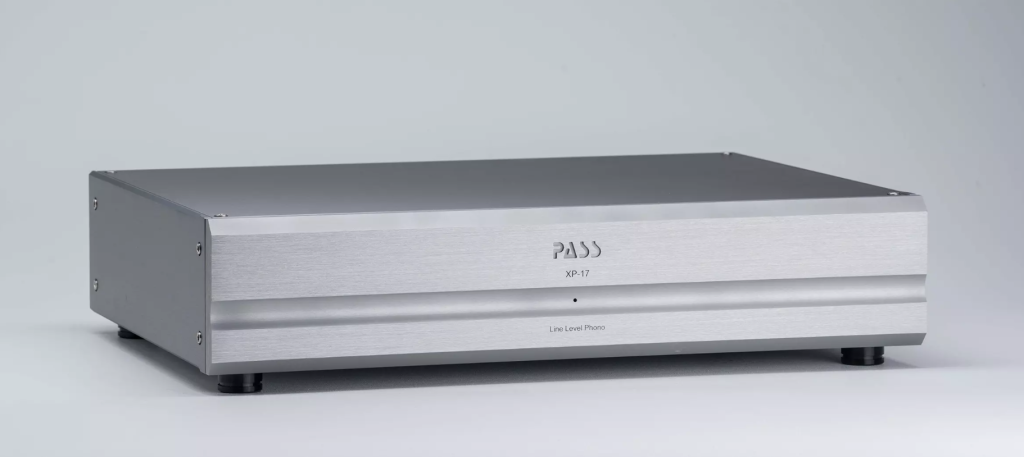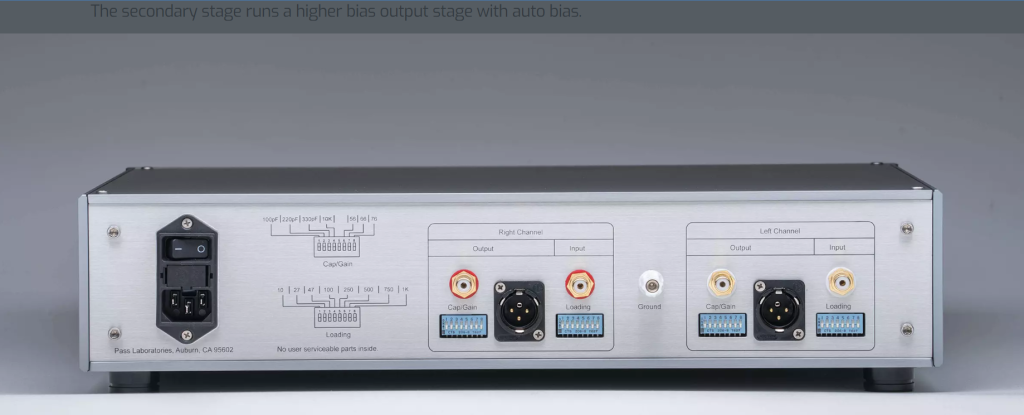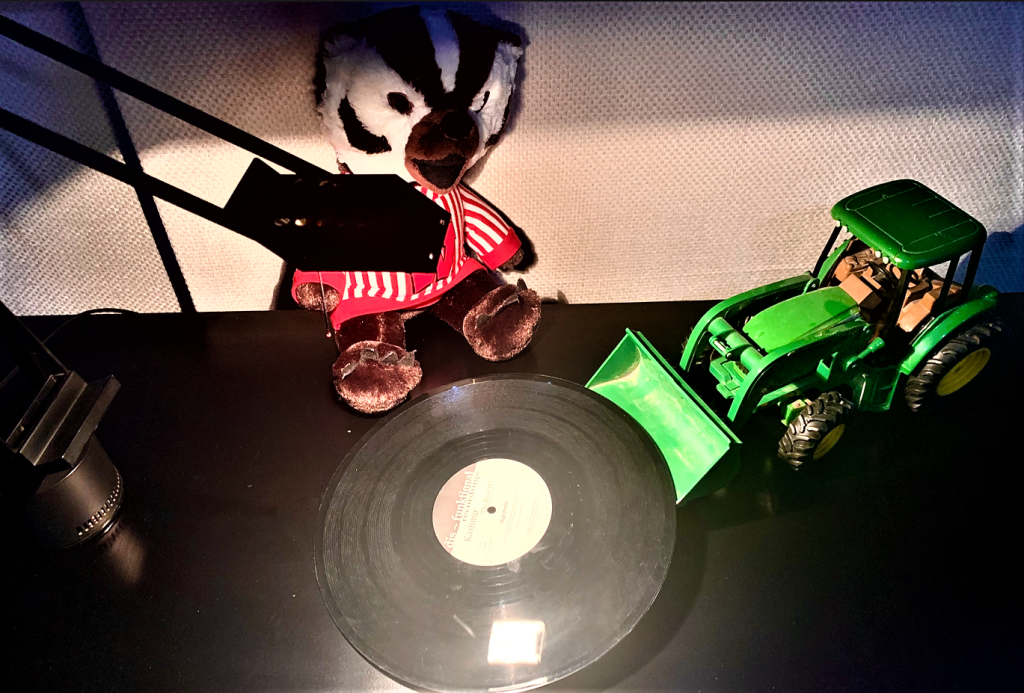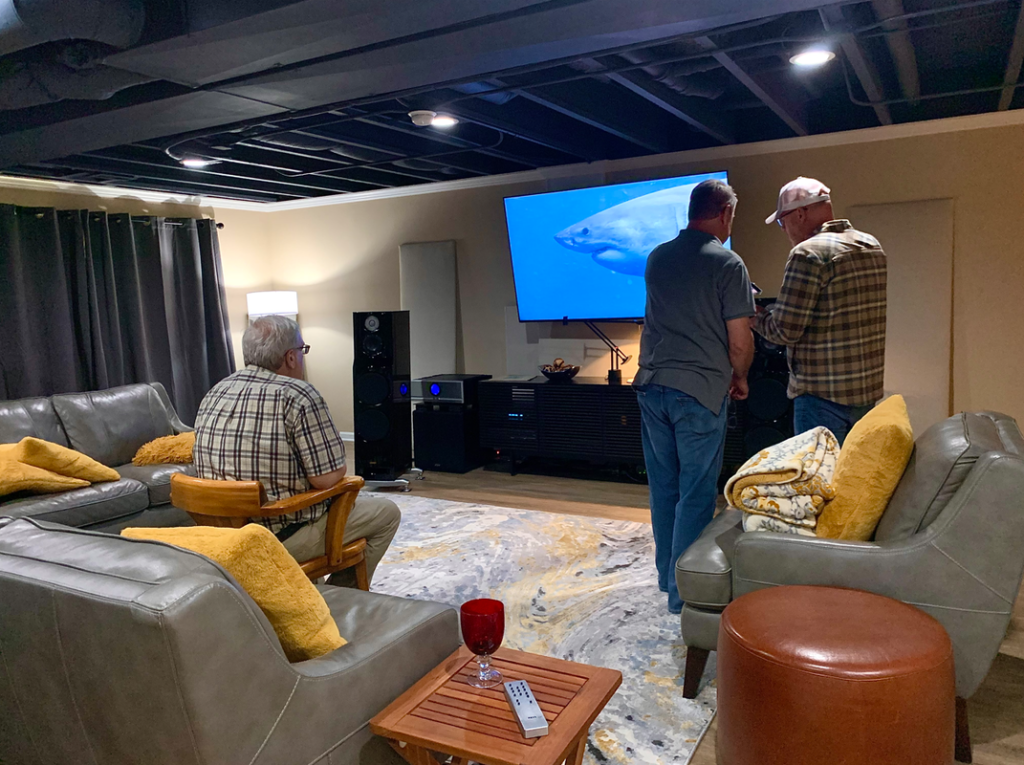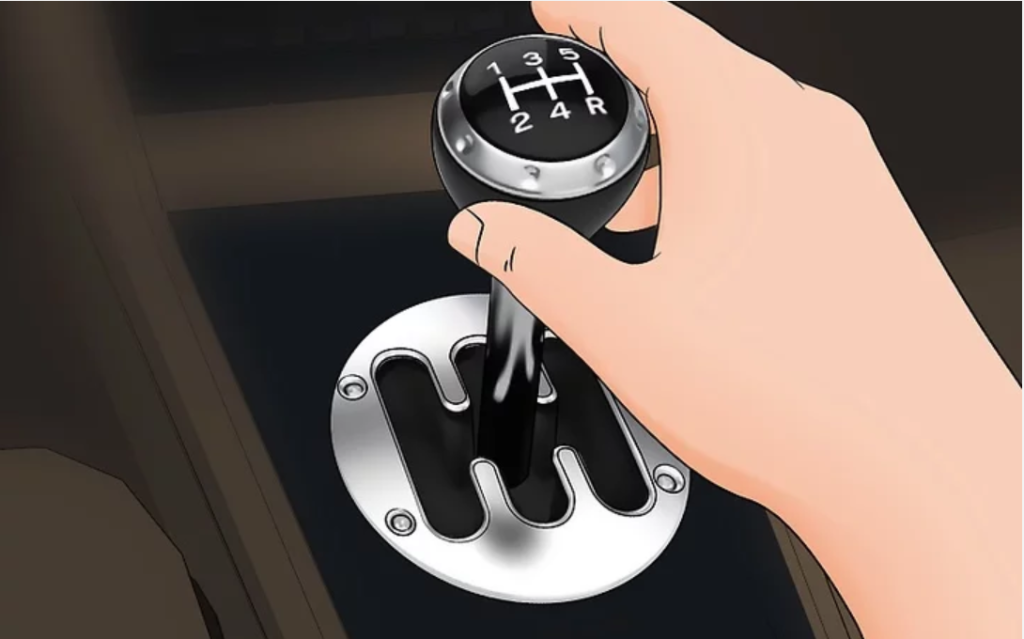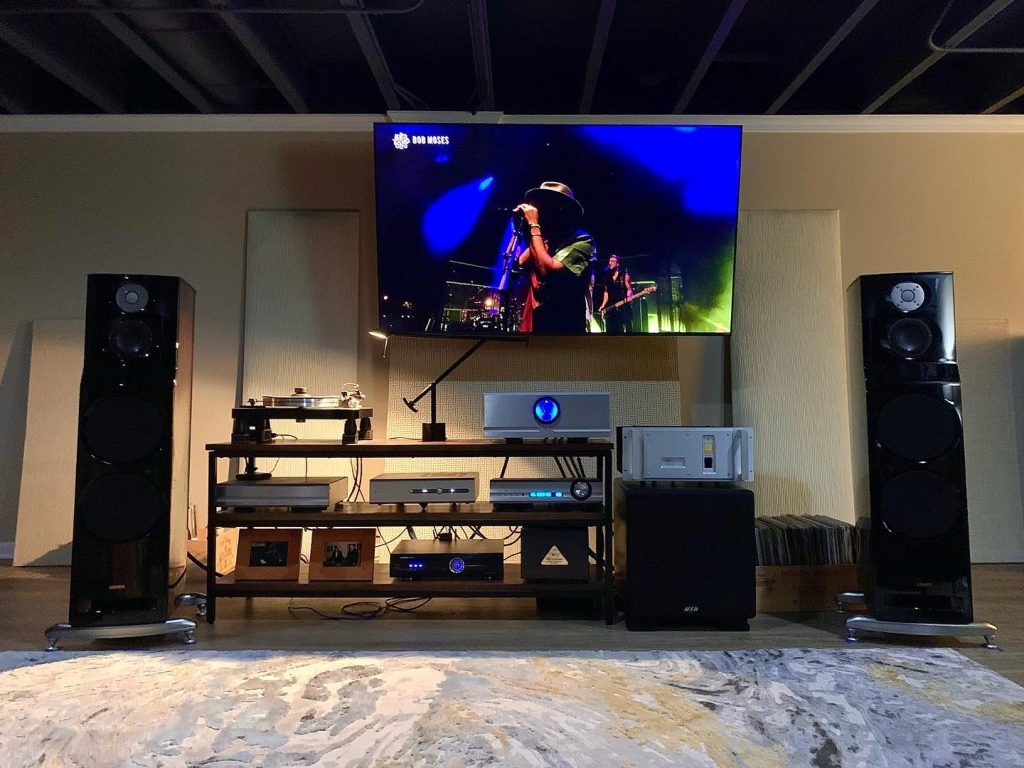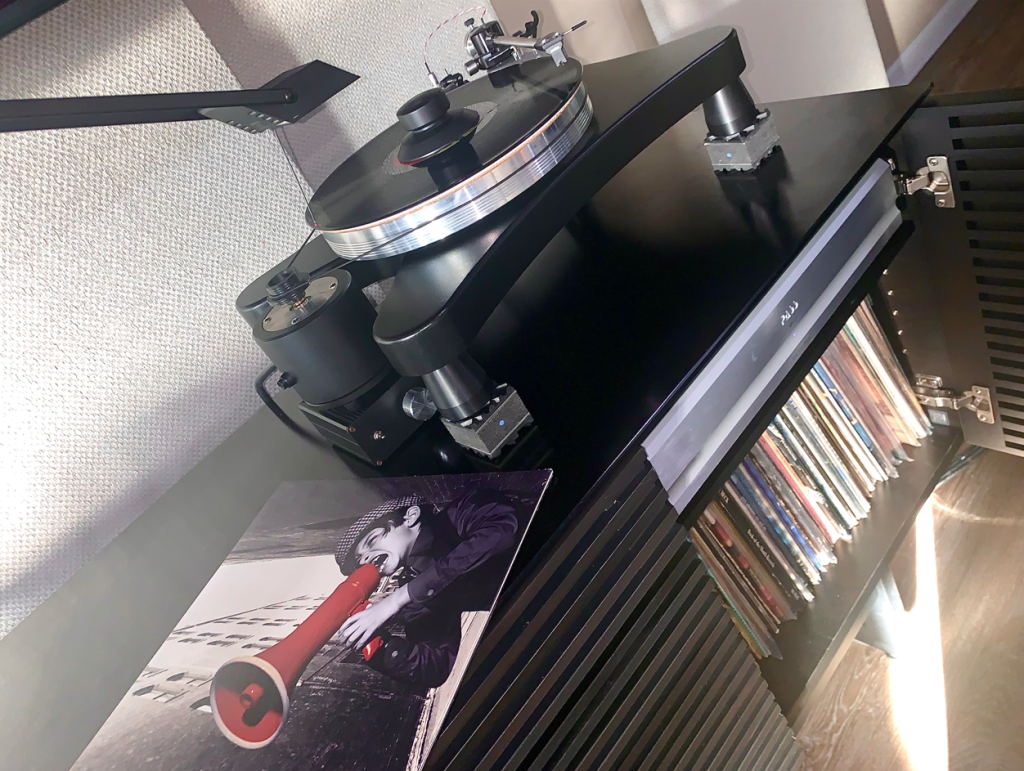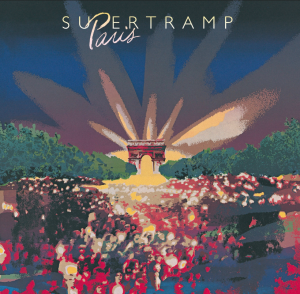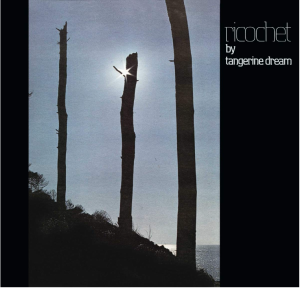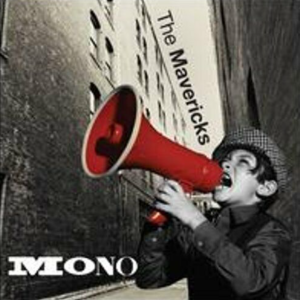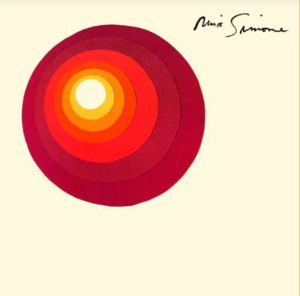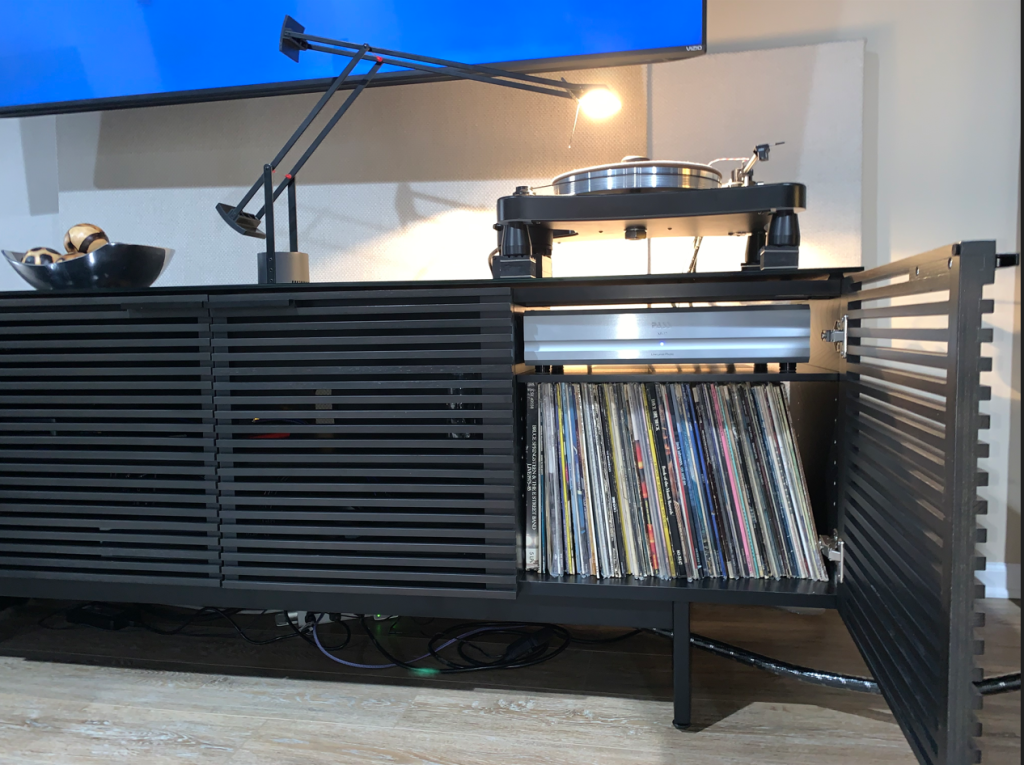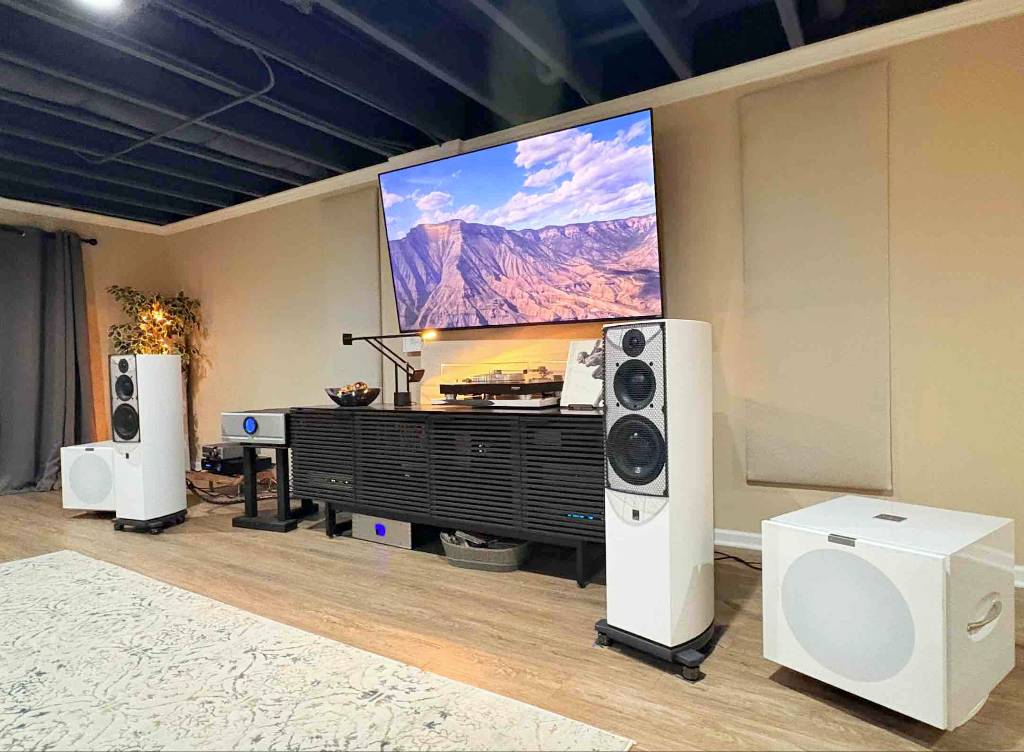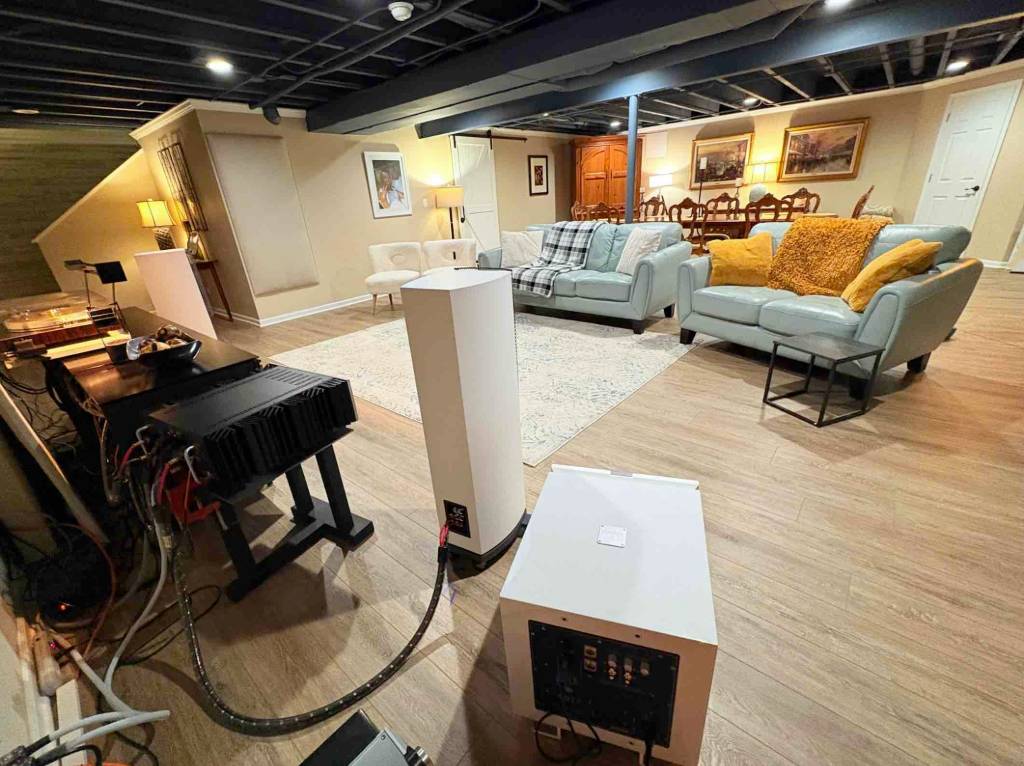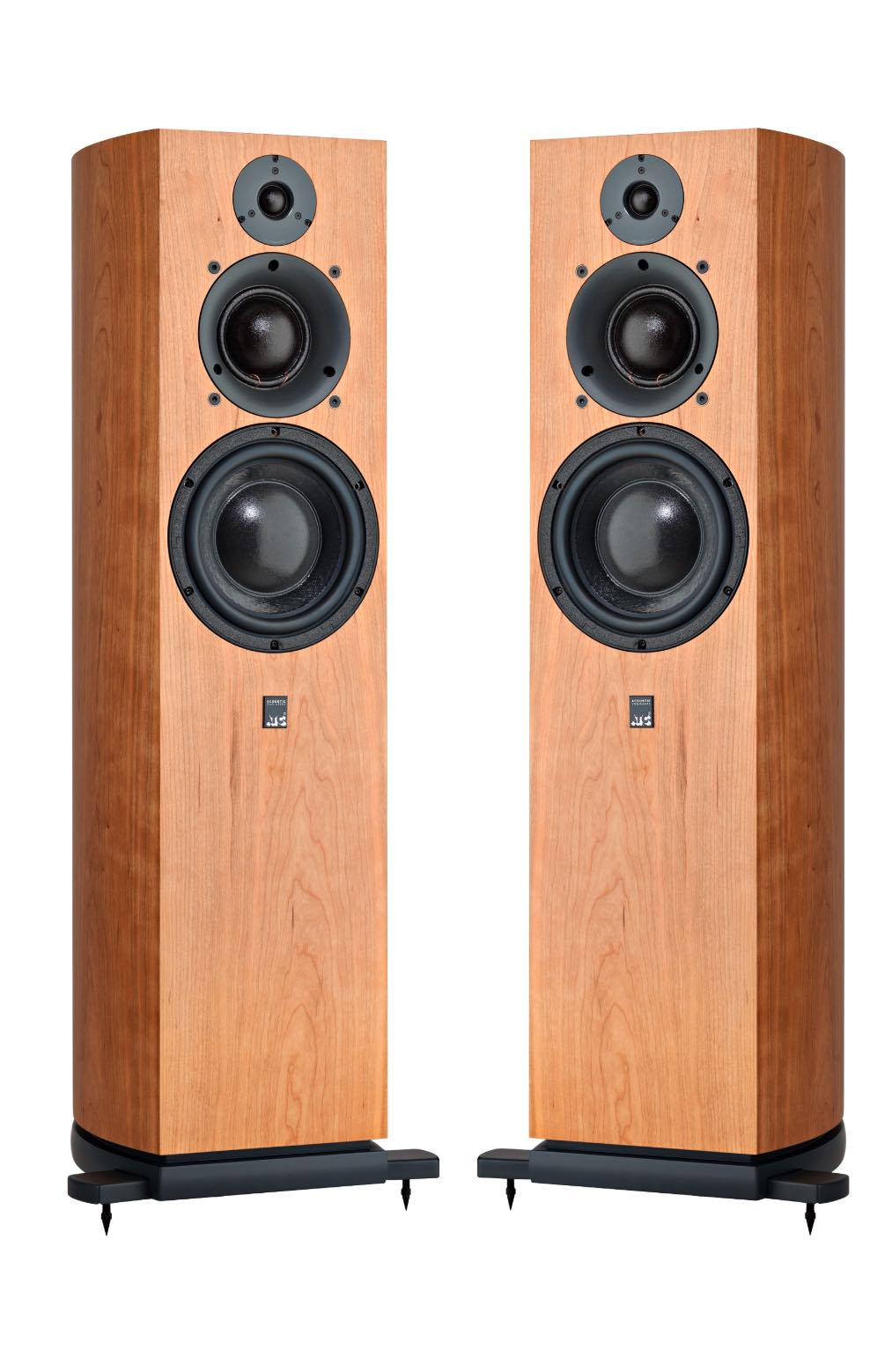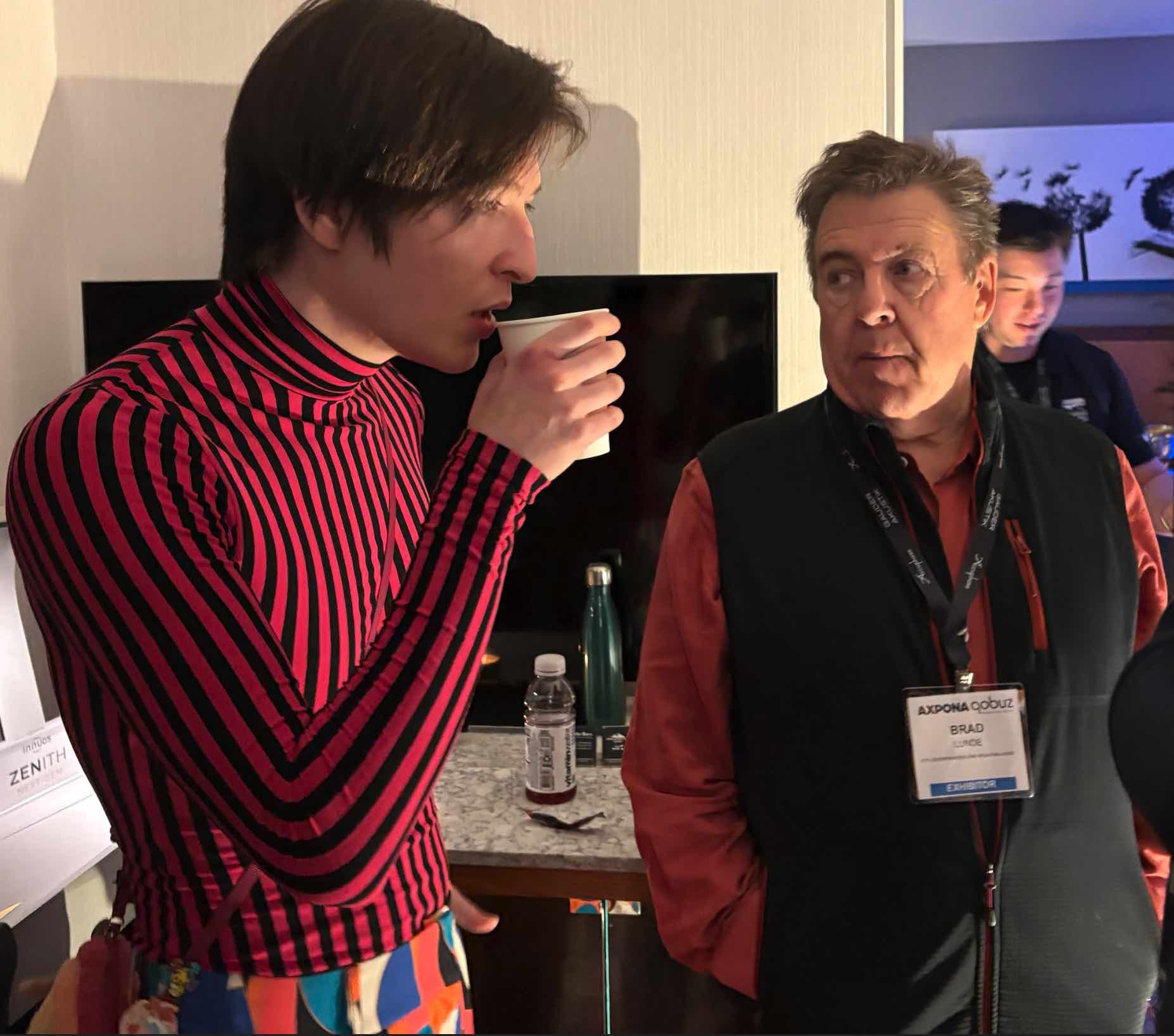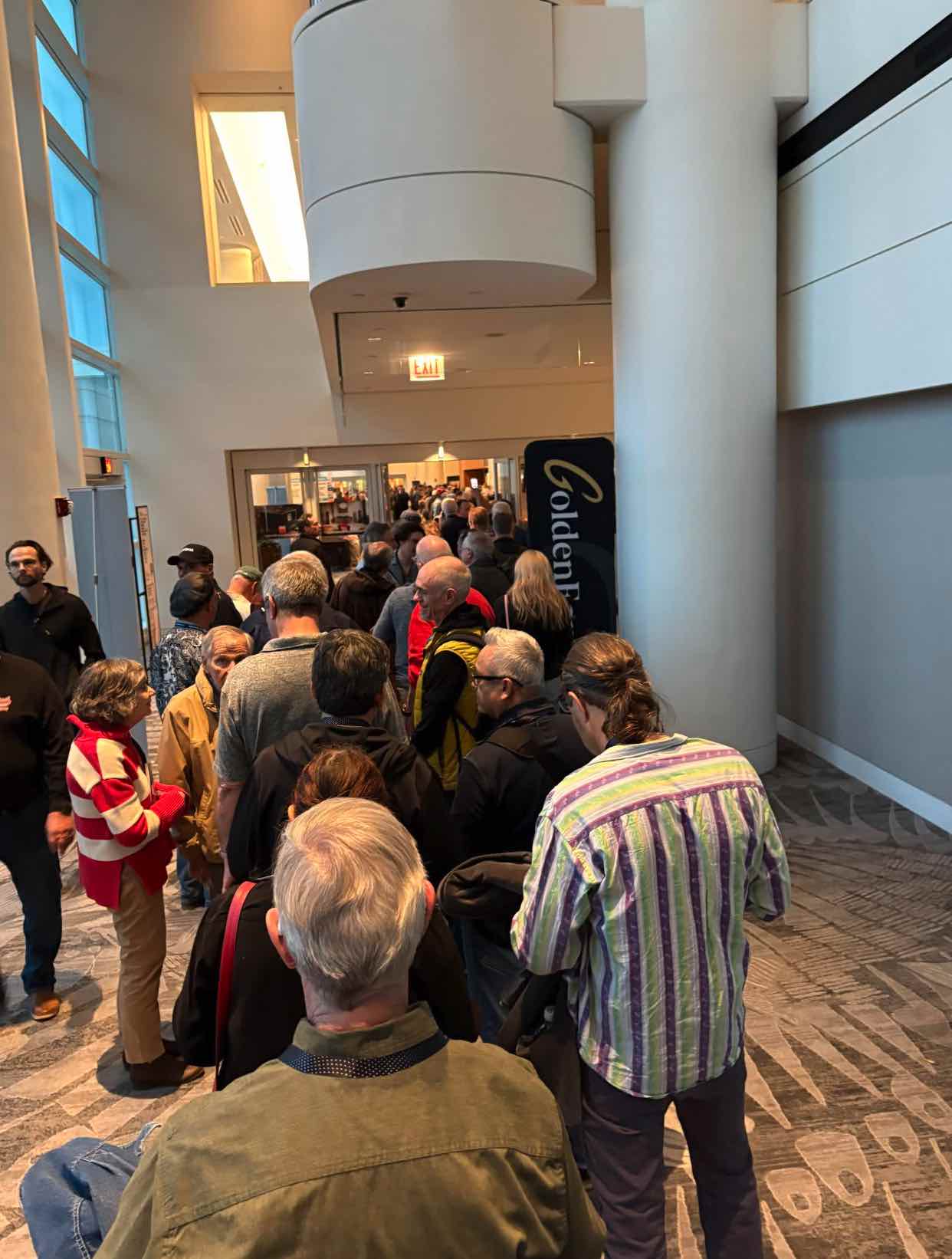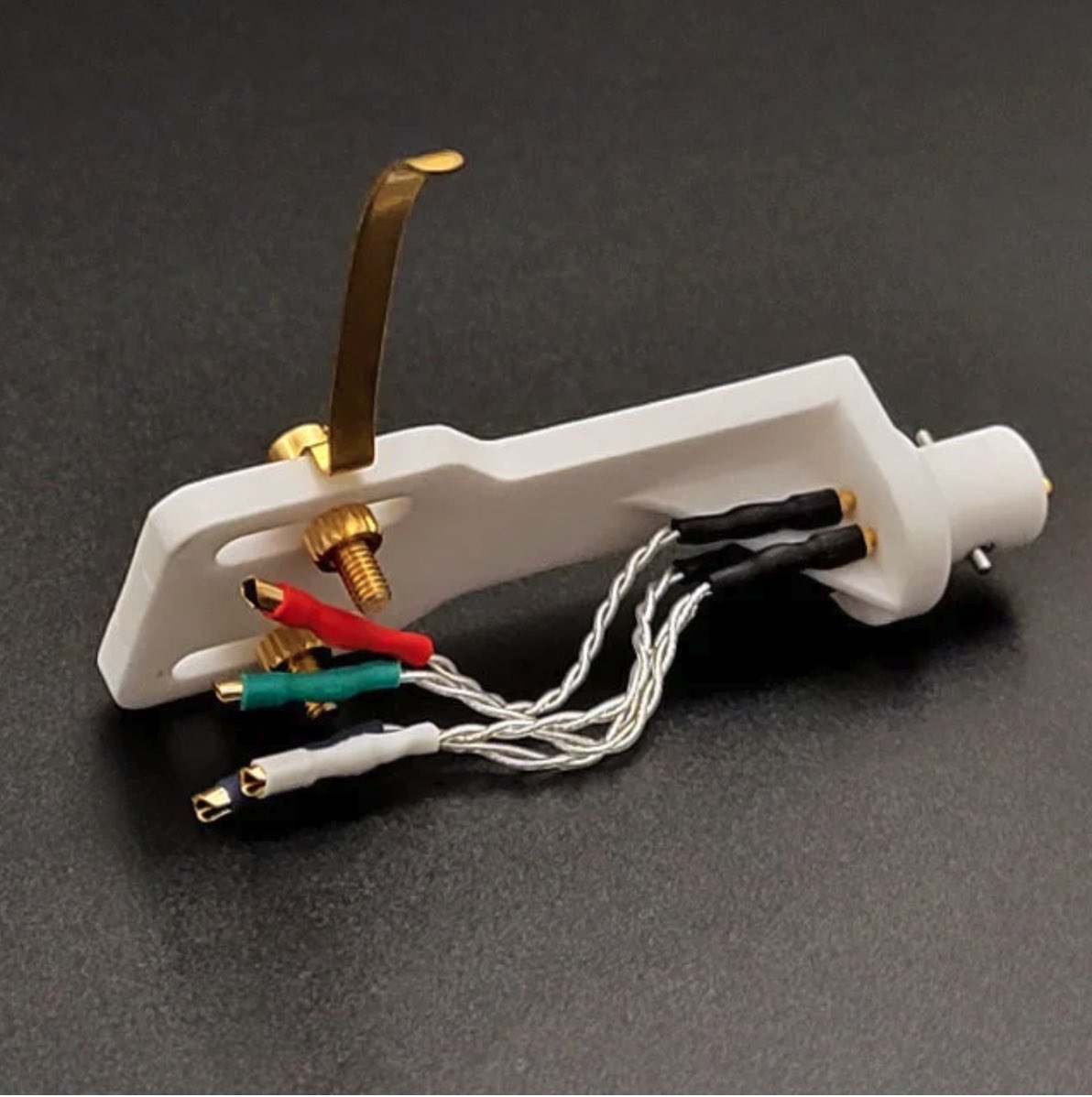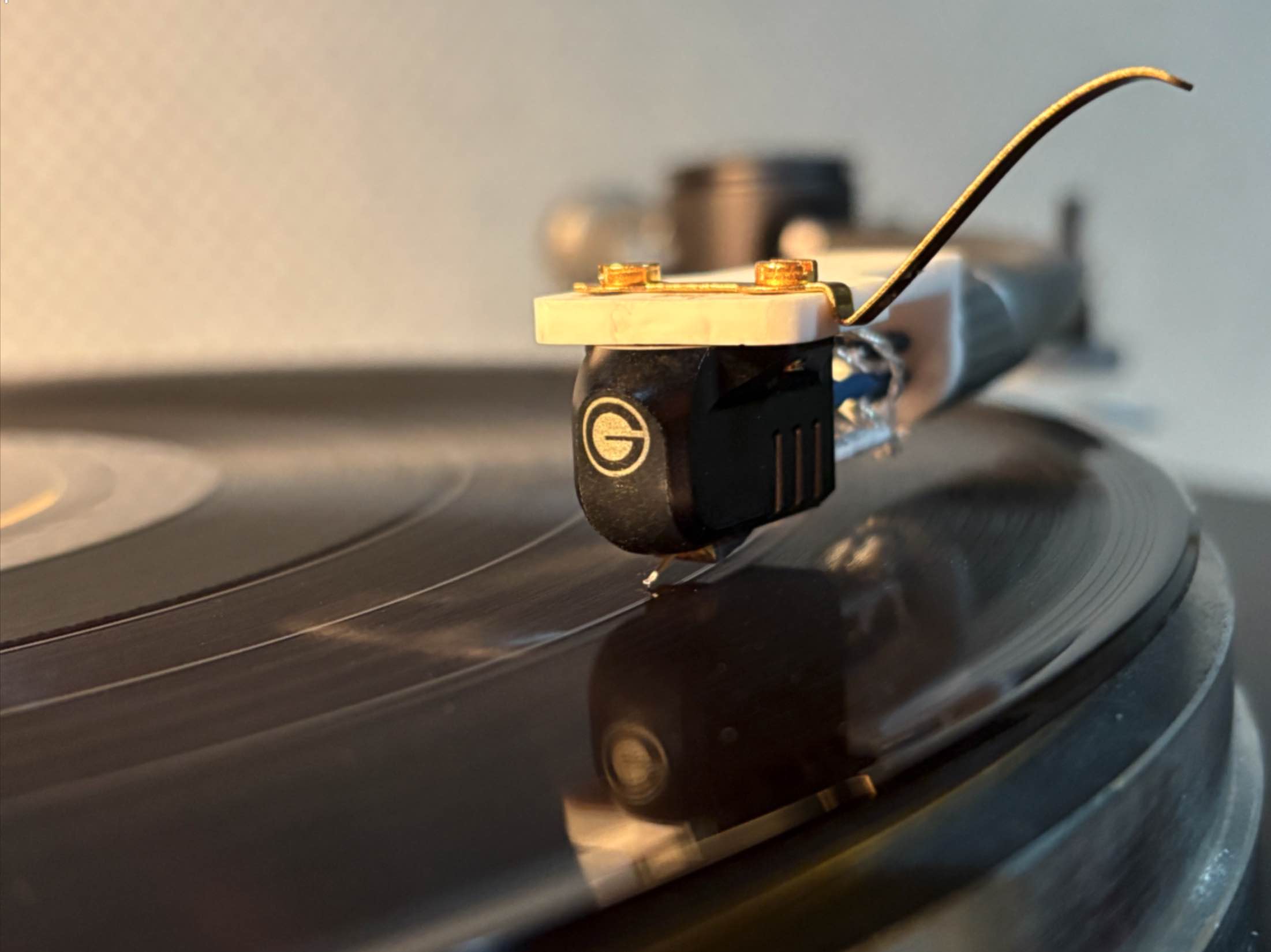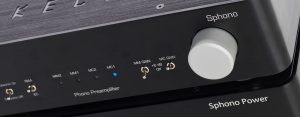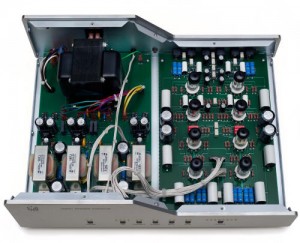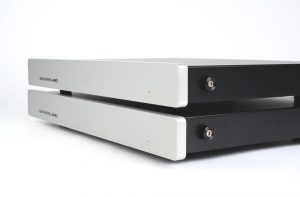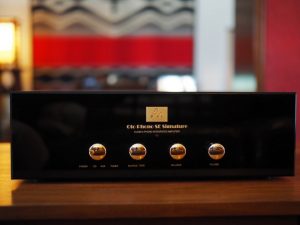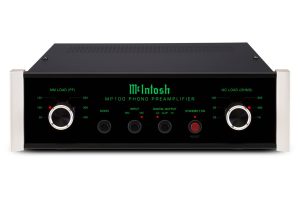I was student-teaching at Whitney Young Magnet High School and waiting tables several nights a week at Reza's, an upscale Persian restaurant in Chicago's River North neighborhood. Now closed, in 1994 this posh eatery sat on the site of the former Berghoff's Brewery on Ontario Avenue just west of the Rte. 94 turnoff.
Before the dinner rush one day, I sat in my white dress shirt, tie, and server apron in a banquet room steps up from the cobblestone main floor, behind giant copper vats, dining on beef koubideh (a spiced ground beef kabob) with fellow server, Eric French. He had a smooth, handsome face, shaved head, and lithe muscular build, and at 6' and 190 lbs. was a tough, but limited black boxer from Memphis, Tennessee who'd lose a points decision to rising heavyweight Chi-Town slugger, Mike Mollo, 10 years later.
Pointing his fork at a slight built, wavy black haired Mexican, 20-something cook in chef overalls nearby, he said, "He's dangerous. He's silent, and those are the ones you've got to look out for."
At first glance, the Pass Labs XP-17 appears to be a nondescript phono preamplifier with a minimalist machined aluminum chassis; other than the CNC milled Pass Labs logo and a tiny blue light up front, it doesn't have any notable features clamoring for attention. Hooked up to excellent components, it's absolutely silent right to the moment you lower the needle onto a Very Good LP. And then it knocks you out with its sublimely transparent sonic delivery!
Its designer, Wayne Colburn, is similarly quiet and unassuming. A member of the Pass Labs dream team, he's responsible for many of their stellar preamplifier and phono stage designs, including their XP-12 preamplifier that I use as a reference in my two channel system.
Still image from "Burning Amp 2017 - Wayne Colburn." Linear Integrated Systems YouTube channel
Amped Up for the Job
While Nelson Pass was building his legacy at Threshold, which he co-founded with industrial designer Rene Besne (where he gained renown for their Threshold Stasis amplifier), he hired Wayne Colburn, a future partner and designer at Pass Labs, as the "Wizard's assistant" in 1989 (you can read more of Nelson's story in my review of the Pass Labs X250.8 amp HERE)
"I ran an ad for an assistant—somebody to do design work and help me out—in Audio Amateur Magazine," Nelson Pass recounts in an interview with Steve Guttenberg. "And of course, I wanted to attract some talent, so I put some extra energy into this ad, and it read somewhere along the lines of, 'Design Assistant Wanted. High Pay, no work, all glory!'...and Wayne answered the ad!"
"I was living in Land Park in Sacramento at the time," Colburn replies, "and Auburn was some 35 minutes away, so I thought, 'Well, I at least have to respond to this ad; it was close enough to drive. So, I kind of did a resumé and I taped it onto an amplifier...I think it was a modification of...a (unintelligible) amplifier that I had done, and I'd done my own circuit boards for it."
"The ad was attractive enough that we actually got inquiries from some of the more notable people in the industry," Pass continues, "but Wayne showed up with a beautiful amplifier, and that clinched it right there. Plus, he's a very personable guy. You know, what's not to like?" (Steve Guttenberg. "Meet Pass Labs' Wayne Colburn, he works with Nelson Pass." The Audiophiliac YouTube channel).
Following his mentor to Pass Labs several years later, Colburn improved their Aleph P line stage, giving it a new active volume control circuit and remote control, created a new phono stage and, in the process, Nelson Pass received two patents, with one of them the design of the Super Symmetric circuit that's still used today. Wayne also created their D1 DAC that's still highly regarded nowadays, but currently focuses primarily on preamps.
Through the years, Wayne has compiled quite an impressive body of work. Jeff Day summarizes it this way:
"Wayne has designed an incredible number of audio electronics while working with Nelson, including the Forte 44, the Threshold T2, the Pass Labs Aleph P preamplifier and Aleph P remote, the Adcom GFP 750 preamplifier, the Pass Labs X0 preamplifier, the Pass Labs X1 preamplifier, the Pass Labs X2.2 preamplifier, the Pass Labs X2.5 preamplifier, the Pass Labs X0.2 preamplifier, the Pass Labs D1 DAC, the Pass Labs Aleph Ono Phono, the Pass Labs X Ono Phono, the Pass Labs XP25 Phono, the Pass Labs XS preamplifier, the Pass Labs XS phono preamplifier, the Pass Labs XP15 phono preamplifier, the Pass Labs XP17 phono preamplifier, the Pass Labs XP27 phono preamplifier, the Pass Labs XP10 preamplifier, the Pass Labs XP20 preamplifier, the Pass Labs XP30 preamplifier, the Pass Labs XP12 preamplifier, the Pass Labs XP22 preamplifier, XP32 preamplifier, the entire Pass Labs integrated amplifier line, as well as the Pearl phono preamplifier, the Pearl 2 phono preamplifier, the Burning Amp 2017 WHAMMY headphone amplifier, and the Burning Amp 2018 line-stage, for the DIY community."
(Jeff Day. "The Pass Labs XP-17 Phono Preamplifier: Wayne's World!" Positive Feedback, Issue 113, 2-17-2021)
The Pass Labs X150.8 amp, seated on a 1/4" steel plate supported by A/V RoomService Equipment Vibration Protector pads on a Hsu Research ULS-15 subwoofer, mates well with the Usher ML-802 loudspeakers via Straight Wire Crescendo 3 speaker cables (to be reviewed soon), the XP-12 preamp, XP-17, and the VPI Prime Scout turntable for great synergy (you can see a comprehensive listing of equipment used by clicking on my byline at the beginning of this article).
X-Ceptional Lineage
According to the Pass Labs website, the XP-17 uses their "new-shielded low noise toroid and input filter module, like the XP-12 (preamplifier)." The internal power supply has an extra stage of RC filtering and has lower radiated and mechanical noise. Furthermore, the XP-17 has "an all-new input circuit that is symmetrical and lower in noise and distortion with greater drive capability." PL asserts that noise is the most prominent portion of THD+N in the first section of a phono preamplifier, and by decreasing noise they get better resulting resolution and dynamics.
Like their flagship two chassis XS Phono preamplifier (at $45,000, 10 times its price), the XP-17 is designed with a split EQ network that's more accurate and capable of handling greater signal levels. Moreover, the secondary stage runs a higher bias output stage with auto bias. Additionally, the numerous loading options of the XP-15 are all still available in the XP-17, with three gain settings to accommodate low output MC to MM cartridges. (source: passlabs.com)
Modern Minimalist Marvel
As with many modernists, my wife, Belle, loves "the clean look" and prefers an open plan with a minimalist décor. As such, her penchant factored in my final design of our finished A/V living room space. It is one of the primary reasons we recently purchased our pricey BDI Corridor media console that houses my electronics; she hated seeing the equipment clutter and "all those ugly wires" (the other reason was to protect sensitive electronics from tiny, reaching hands of visiting grandchildren). Granted, we both love the lines and functionality of the Corridor, but nevertheless, it's also the reason that we selected the neutral fabric coverings on acoustic treatments in the A/V living room—they blend in with the wall's tint, making them virtually disappear.
So, you can imagine when Belle saw the sleek, minimal CNC billet aluminum chassis of the XP-17, she was pleased (of course, she prefers it and the turntable (when not in use) tucked out of sight inside our beloved media console so as not to spoil its lines).
Photo courtesy of passlabs.com
Up front, the edges of the XP-17 faceplate are beveled with a machined, half inch groove running horizontally across the bottom third with a tiny blue light and a small CNC milled Pass Labs logo at its center.
Photo courtesy of passlabs.com
Left to right at its rear, there's an on/off switch above an IEC socket, right channel RCA output and input connections (demarcated with red spacers) above a right channel balanced XLR output, a ground post for the turntable, and left channel RCA input and output connections above a left channel XLR output (the XP-17 only allows for one turntable to be connected); tiny banks of eight "cap/gain" and "loading" selector switches lie directly beneath the RCA output and input connections, respectively. Solidly built, the chassis is sealed and rests on four small rubber feet.
Specifications
- Gain: 76, 66, 56dB Balanced; 70, 60, 50 unbalanced
- Inputs: 1
- RIAA response: plus/minus .1 dB 20-20kHz
- Distortion: 0.004%
- Output impedance: 110 Ohms Single Ended, 220 Ohms Balanced
- Input impedance: 10-47KOhms / 10-750 pF
- Power consumption: 40 watts
- Number of chassis: 1
- Dimensions: 17"W x 12"D x 4"H
- Weight: 19 lbs.
'Vinyls' Confessions
Now before we go any further, I have three confessions to make in regards to this vinyl medium.
First, I hate it when enthusiasts say "vinyls" as in, "I have a lot of vinyls in my music collection." You can say, "I have a lot of vinyl," where vinyl is used as a noun. You can also say, "I have a lot of vinyl records," where vinyl is used as an adjective to describe the noun, records. However, saying "vinyls" as a noun seems just wrong; it's like saying "musics," as in, "I have lots of musics."
However, turning to linguistic experts, it appears there's no set rule. In "Vinyl or Vinyls: the Great Debate", author Allie Skupin kicks off the discussion citing linguistic professor Mark Lieberman:
"Overall, many grammar specialists land on vinyl being a mass noun like beer or cheese. This means that it would not have a plural. As in you'd ask for a 'case of beer' or 'some cheese.' Therefore, saying 'vinyls' seems wrong when applying this rule."
Sounds right, but wait a minute! In that same article, Arnold Zwicky, another linguist, suggests that "we can see that most mass nouns are subject to 'countification,' meaning mass nouns may have a plural form when referring to more than one type of the named category. For example, you could ask for an 'assortment of French cheeses' when referring to a plate with many types of cheese. So, assuming not every single vinyl record in your collection is the same album, one could justify saying vinyls if they went by this rule."
Skupin concludes that just about every linguist addressing the matter agrees that strict adherence to vinyl over vinyls originates from the community of record collectors themselves. (Skupin, Allie. "Vinyl or Vinyls: the Great Debate." goldrushvinyl.com). I would disagree, but oh, well. You say tomato, I say tomahto. Ugh. And they say the world's not going to hell.
Second, although I've reviewed four turntables and set up three of them (i.e., leveling, installing cartridges, setting tracking weight, VTA, azimuth, etc.), I rarely listen to vinyl. On average, it happens maybe once or twice a month.
Most of my listening time these days involves digital playback using the fabulous Roon Labs music player software on my music server, streaming music from the Qobuz high res streaming app, or playing digital files from my hard drive.
Then, following the dinnertime and evening HD shows and movies from our flat screen TV playing over the system, we'll often enjoy HD YouTube music videos, as Belle prefers the simplicity and visual element afforded by this media.
That said, when I actually do listen to vinyl, the results, as expedited via the XP-17, are very gratifying.
For example, when my audio friend, Michael, visited several months back to listen to my new Usher ML-802 towers, I could not run Roon via my iPhone controller (turns out that I had turned off its WiFi settings while at work), so I played several cuts from an old Bruce Springsteen LP while troubleshooting my digital disaster, and Michael was mesmerized.
More recently, I had six friends over and played cuts from a half dozen albums on my VPI Prime Scout, which is an excellent turntable for the money. One friend, Wes, was particularly impressed with the great deal of detail he heard, which he found unusual. I mentioned that, in addition to the Pass Labs XP-17 phono stage, I was employing the very nice $1000 Ortofon MC Quintet Black S cartridge (with its nude Shibata diamond, according to ortofon.com, it provides a very wide contact area to the walls of the vinyl groove, ensuring detailed reproduction throughout the spectrum).
It later dawned on me that the Straight Wire's reference level Virtuoso R2 RCA and balanced XLR interconnects used in linking the turntable to the XP-17 and XP-12 preamp, respectively, render greater detail, coherence, realism, and dynamics with their individually coated silver/copper conductors than many others like the more budget-friendly Straight Wire Expressivo AG or Serenade III, for example, that impart different degrees of slightly greater warmth that some analog lovers might prefer (you can read more about them HERE). Used in my more acoustically dampened room, the Virtuoso was a better choice for me, whereas in a livelier, less treated room, the latter may be more fitting (ironically, two visitors favoring a livelier space suggested I replace my absorption panels with acoustic diffusers!).
Image courtesy of Wikihow.com
Third, for the last two years, I simply plugged and played the XP-17 in blissful ignorance—until several months ago when I discovered that it had a tiny array of sliding buttons to adjust the load and gain settings on the backside of the unit. Then, I panicked.
I am reminded of a 2020 carjacking attempt in Chicago, where the perpetrator gave up 100 feet later after discovering the vehicle had manual transition. He'd never learned how to drive a stick shift! Was I like the hapless carjacker, running the XP-17 in first gear and not realizing its full potential all this time?
Oh. My. God.
Feeling embarrassed, I reached out to Wayne Colburn. More specifically, I asked, "Should I alter the load and gain settings on the XP-17 phono stage to accommodate my Ortofon MC Quintet S Black phono cartridge or leave it at the factory settings for optimal performance? The XP-17 user's manual says that its factory settings are 100 Ohms with a gain of 76 dB, I added, while the Ortofon MC Quintet S Black's recommended load impedance is >20 Ohm.
"Given that 100 Ohms is greater than 20 Ohms, and that I have been using and enjoy the XP-17 at its factory settings, should keep it there or adjust the settings," I asked.
"I would keep it that way, it is a good match," Wayne responded via email.
And that, it is. I have enjoyed the XP-17 in various configurations of my system in two different homes; downsizing a year and a half ago, it moved into the A/V space/family room that I designed when we finished our current house's basement (you can read about that process HERE).
The XP-17 later relocated from the middle shelf of a Simpli Home Skylar TV stand (shown above) to an interior shelf in our new BDI Corridor 8179 media console several months ago, and it was there that I discovered that it most definitely should never sit directly under another component.
After I stacked the XP-12 preamplifier on it for convenience, I heard a pronounced hum during playback that wasn't there before. In retrospect, this makes sense: being a very sensitive piece of equipment, setting the phono preamplifier further away from other electronics protects it from unnecessary electrical interference.
"Isolation electrically is the most important thing because of the high level of gain," Colburn confirmed. "Mechanical isolation can certainly help. We have a nice rigid sealed box, but external products can certainly be used." (Gader, Neil. "Pass Laboratories XP-17 Phonostage." The Absolute Sound, February 17, 2020).
Now, it plays sublimely silent and superb, delivering a full, vivid and dynamic presentation from a shelf on the other side of the Corridor, by itself, above a row of LPs.
Listening Session
Now that it's time to get down to business, I am in for an aural treat that extends over several hours of blissful listening. What follows are the highlights.
First up, it's an electric evening in 1979 at the Pavillon de Paris. The cheers and chants of an enthused Parisian crowd, the detail and dynamic contrast of the Rick Davies' organ, Roger Hodgson's exploding guitar riffs, hammering keys, and Davies and Hodgson's vocal harmonizing in this VG plus vinyl LP of Supertramp's "Ain't Nobody but Me" are vivid and visceral (Supertramp, Paris Live at the Pavillon de Paris/1979. A&M Records, 1979). John Helliwell's saxophone is big and ever present, as are the snare and bassline.
The sound system echoes and reverberates in this outdoor venue. Loud cheers give way to Helliwell who, serving as emcee, says, "Thank you Paris…makes me feel very logical." Davies and Hodson's vocals in tandem with Davies keys are well reticulated, double edged swords piercing holes in the night skies in "Logical." Enjoined by Bob Siebenberg's punchy drum kit and Dougie Thomson's bass, they exhilarate, warming your bones and making your face flush like Maker's Mark Bourbon Whiskey on a cold night. Helliwell's saxophone weaves into the rich fabric of guitars, keys and the vocals crescendo in a chorus of "Who I am? Who I am? Who I ammmmmm?"
It's so incredibly satiating, and I find myself unable—or unwilling—to rise to change the record.
Moments later cheers, then muted clapping and whistles usher in their hit, "Bloody Well Right." Keys, punchy guitar and drums segue to an impressive wah-ing guitar solo, then the saxophone. Davies' rich and raspy lead vocals takes center stage as he intones, "Right, you're bloody well right to say!" Guitar comps, then leads, gives way to Helliwell's sax, all the while Sibenberg's crashing cymbals, hi-hat and ride cymbals sizzle, ring and spotlight this intoxicating performance. It's a masterful mix, and the Pass Labs XP-17 delivers it in all its splendor.
Second, I lower the needle onto Tangerine Dream's "Ricochet, Part 1" and notice a periodic pop and hiss of this resold VG plus LP (Tangerine Dream, Ricochet. Virgin, December 1975). However, that, like the cheers that follow, fades, giving way to a stereotypical 80s synthesizer sound—the kind that you might hear in an 80s horror movie as a scene darkens. A syncopated, throbbing beat kicks in. Soon, there's synthesized drumbeats and an electric guitar with fuzzy effects. Primal, thudding tom drums start slow, then accelerate, building with swelling guitar riffs. At one point, I imagine higher tech Blue Man Group figures pounding out their tribal rant. Swelling guitars. Garbled vocals on speed, enter, then depart to what sounds like a drummer's hammers playing on large, warped steel sheets with a high reverb feedback. It's an incredible electronic elixir!
Third, Raul Malo's lead vocals are haunting, and Jerry Dale McFadden's vintage, Wurlitzer sounding organ, combined with Malo's guitar, and rich saxophone, drums and cowbell have a rich and warm, Tejano, vintage swing sound to them in the Maverick's throwback mono recording of "Summertime (When I'm With You)" (The Mavericks, Mono. Valory, February 17, 2015).
Fourth, the smoky resonant blend of butter and hoarseness, power and vulnerability in Nina Simone's powerfully emotive-evocative coloratura soprano vocals are clearly apparent in "Angel of the Morning" (Nina Simone, Here Comes the Sun. RCA-Victor, April 1971). Backed by the harp, lovely female vocals, and the RCA studio orchestra, there's a kitschy quality, yet her vocals transcend and make for a striking listen.
Passes with Flying Colors
All in all, the Pass Labs XP-17 lives up to the Pass Labs reputation for excellence. As I and so many have said before, Pass Labs gear have a certain translucent, vivid, dynamic and just a tick or two to the warm side house sound that's so incredibly pleasurable and satiating to ones sensibilities. That makes sense, as in addition to employing measurements, the good folk at Pass Labs deploy a panel of astutely trained listeners to voice their electronics for optimal enjoyment. As a result, tonal colors and textures ring true. Teamed up with excellent source material, electronics, speakers, and peripherals, time passes quickly for the audio enthusiast fortunate enough to have one in the mix.
If you enjoy vinyl and don't mind spending a little extra for your passion, I heartily recommend the XP-17 phono preamplifier. It's definitely a keeper.
XP-17 Phono Preamplifier
Retail: $4500
Pass Laboratories




